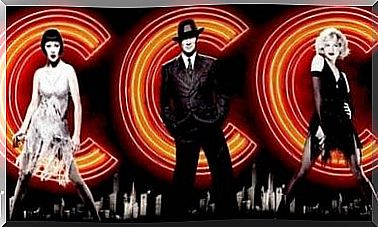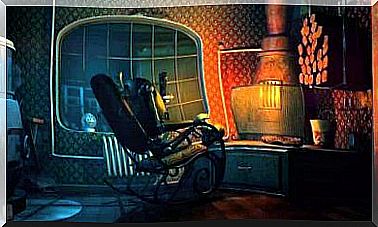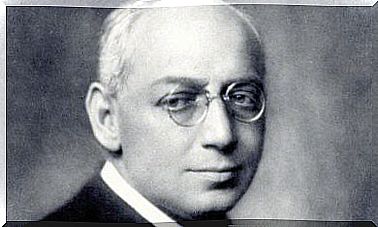Whiplash: Symptoms, Causes And Treatment

Thousands of people are involved in car accidents every year. Motor vehicle-related incidents remain a leading cause of death in many countries. Even if a car accident does not result in death, the consequences can still be severe. One of the most common and annoying consequences of car accidents is whiplash. So today we’re going to talk about the individual symptoms of whiplash and different treatment options.
Whiplash is a neck pain that occurs when this sensitive part of the body suddenly accelerates and decelerates. As such, it usually manifests itself after car accidents where suddenly someone had to brake hard. This type of injury, which can be uncomfortable and dangerous, is particularly common in rear-end collisions.
This article will help you learn about symptoms, causes, and treatment options.
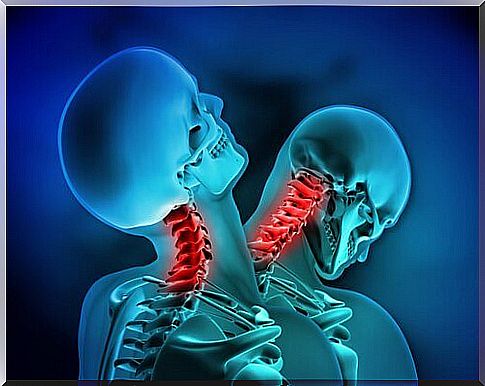
How does whiplash occur?
In many cases, rear-end collisions are responsible for this, triggering a sharp, unexpected movement of the head forwards and backwards. Due to the accelerated force, the short-term exposure to the weight of the head, which is normally around 8 kilos, corresponds to around 50 kilos. The consequences for the cervical vertebrae can be very uncomfortable.
The overstretching of the lower neck area simultaneously leads to overstretching of the ligaments, tendons and muscles. The result is intense pain in the head, neck and back area.
Some studies show that whiplash symptoms are unrelated to a sprain we can experience in other parts of the body (for example in sports accidents). Some experts believe that it is actually a psychosomatic problem. In other words, it could be a product of stress rather than physical harm.
In general, this is not a very dangerous condition. In milder cases, the symptoms disappear after a few days. But they can also last longer and have serious consequences. In this case, it is important to see a doctor to rule out any major problems.
The most common symptoms
- Neck pain usually shows up immediately after the incident or in the hours that follow.
- Neck stiffness, which greatly affects mobility
- Headache, mostly in the upper part of the head
- Dizziness and a feeling of loss of balance
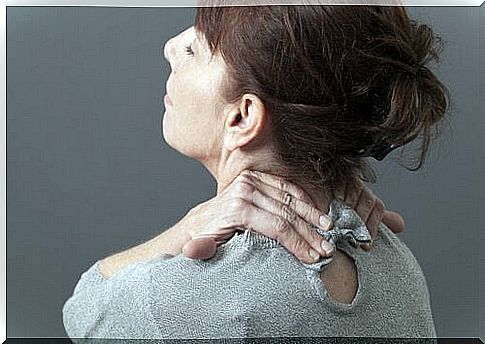
In some cases, they experience other symptoms: For example, some people with whiplash may have pain that extends to their arms or back. They may also suffer from tinnitus (an annoying ringing in the ears).
Some people even experience emotional symptoms, such as anxiety and post-traumatic stress disorder.
How is whiplash treated?
Treatment is simple in most cases. For a long time, experts advised those affected to take it easy on their necks and avoid movements in order to speed up recovery. But recent studies show that using a neck brace to stabilize the patient may delay recovery. As a result, the muscles lose strength, are more stressed and tense.
That is why specialists today often recommend leading a completely normal life after a whiplash injury. However, a ruff can be useful for certain purposes (e.g. when driving a car). Specific exercises can shorten recovery, but the specialist recommends the best therapy in individual cases. Pain relievers and anti-inflammatory drugs may also be needed to relieve symptoms.
Whiplash can also have long-term consequences, but usually no serious damage is left behind. However, if you have emotional problems after an accident, psychotherapy is recommended.

